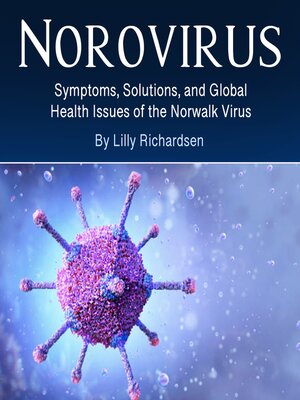Norovirus
audiobook (Unabridged) ∣ Symptoms, Solutions, and Global Health Issues of the Norwalk Virus
By Lilly Richardsen

Sign up to save your library
With an OverDrive account, you can save your favorite libraries for at-a-glance information about availability. Find out more about OverDrive accounts.
Find this title in Libby, the library reading app by OverDrive.



Search for a digital library with this title
Title found at these libraries:
| Library Name | Distance |
|---|---|
| Loading... |
Norovirus, often referred to as the "Norwalk virus," is a highly contagious virus that causes gastroenteritis, characterized by inflammation of the stomach and intestines. It is recognized as the leading cause of viral gastroenteritis worldwide, responsible for outbreaks in various settings such as households, healthcare facilities, schools, and cruise ships. Despite its relatively small size, Norovirus has a remarkable ability to spread rapidly, making it a significant public health concern.
The virus was first identified in 1972 after an outbreak in Norwalk, Ohio, which is where it received its name. Since then, Norovirus has been found to be the primary culprit behind seasonal outbreaks of stomach flu. It is estimated that millions of people are infected with Norovirus each year, leading to a considerable number of hospitalizations and, in severe cases, deaths, particularly among vulnerable populations such as the elderly, young children, and those with weakened immune systems.
One of the most notable features of Norovirus is its resilience. The virus can survive on surfaces for extended periods and is resistant to many common disinfectants, which contributes to its ease of transmission. The primary mode of transmission is through the fecal-oral route, either by consuming contaminated food or water or by coming into contact with infected surfaces or people. Additionally, person-to-person transmission is highly efficient, especially in confined spaces where individuals are in close contact, such as healthcare facilities, schools, and cruise ships.







